Raid Data Recovery
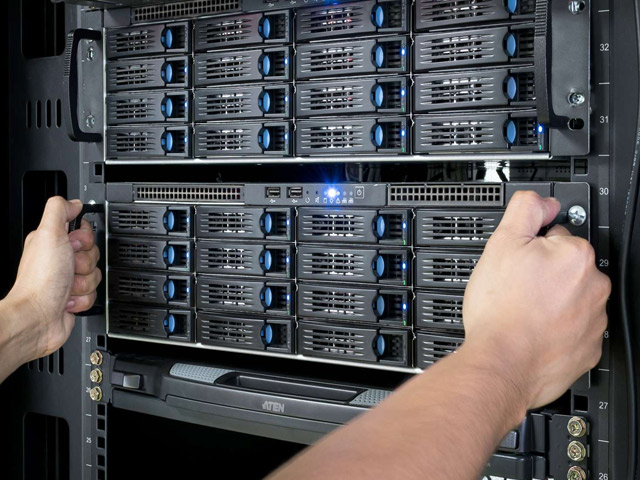
GET YOUR DATA BACK Data recovery from failed raid systems
Retrieving data from a RAID storage infrastructure requires a combination of automated and manual processes. The data from RAID systems must be extracted and restored to other systems. This may be happening due to technical errors like overwritten data, faulty interior components, or software corruption. Accidental reformatting and application errors must also be the reason for data loss. The correct RAID array is identified as part of the recovery process.
Raid Data Recovery Recover your precious data from faulty raid servers
-
RAID 0 Data recovery

-
RAID 1 Data recovery

-
RAID 5

-
RAID 10

-
Dropbox


RAID 0 Data recovery
Array configuration of disks is used in Raid 0
for the storing and accessing of data. They are considered in the sector of
high difficulty for recovering data from member disks. There may not be a
complex controller and a whole system available for the system. However, loss
data recovery on Raid 0 needs advanced tools and knowledge on the topic. Our
professionals in Quick Data Recovery can recover all your lost data from Raid 0
without much hassle.
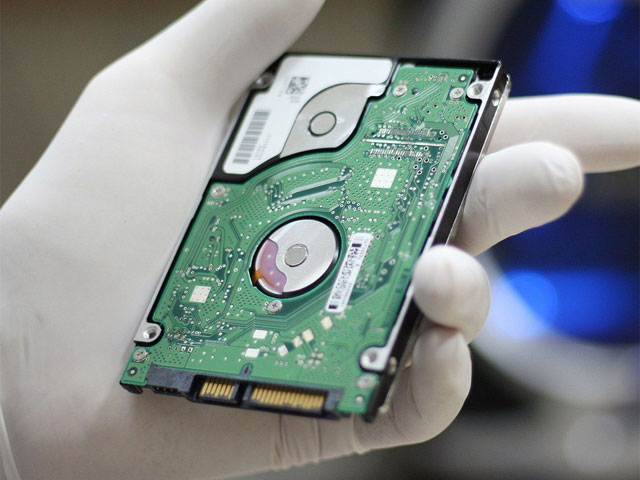
Best in class
To retain blocks of data on member discs in
the array arrangement, RAID 0 employs a striping mechanism. A disc array is
generally made up of two or more discs. Programs or a controller can be used to
implement RAID 0. RAID 0 is not a mirrored array, making data recovery hard if
one of the member drives is damaged.
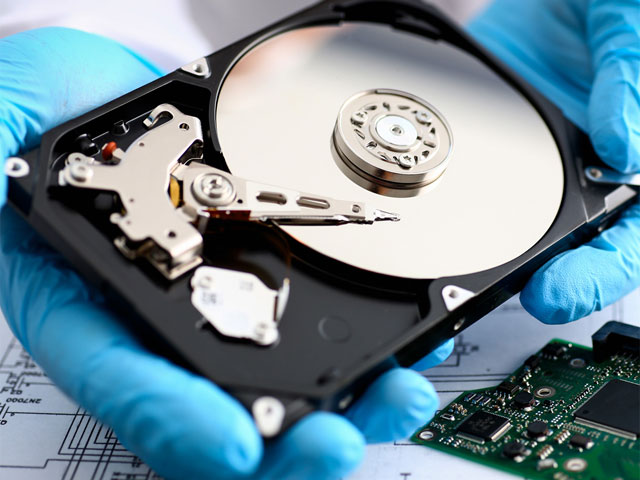
RAID 1 Data recovery
Redundant Array of Independent Disks (RAID)
Mode 1 has a disc mirroring method used in it. The second drive will come to
the rescue and saves the data if anything happens to the first drive in the
array. Quick Data Recovery service can identify the level at which the data
loss problem happened and recover with experts using high-end tools.

Best in class
A RAID 1 recovery aids in the extraction of
data from wrecked hard drives while allowing the NAS (network-attached storage)
to continue to operate on the remaining disc. Power fluctuations, disc
failures, viruses or malware, drive malfunctions, software breakdowns, or
sudden shutdowns, among other things, might cause a RAID array to collapse.
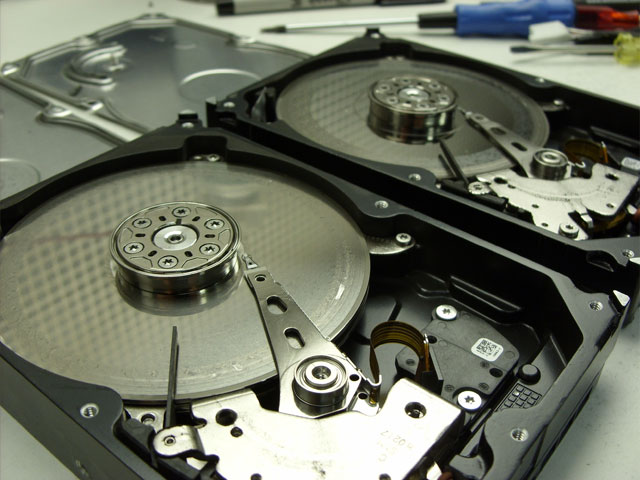
RAID 5 Data Recovery
RAID 5 uses a distribution method in storing
data across a group of drives instead of disc stripping in RAID 0 and mirroring
in RAID 1. Recovery of lost data in RAID became more simple with the arrival of
RAID 5. However, loss of data from all disks in the set is possible in the case
of physical damages. Our team from Quick Data Recovery offers reliability in
recovering all your data from any complex level RAID 5 system.
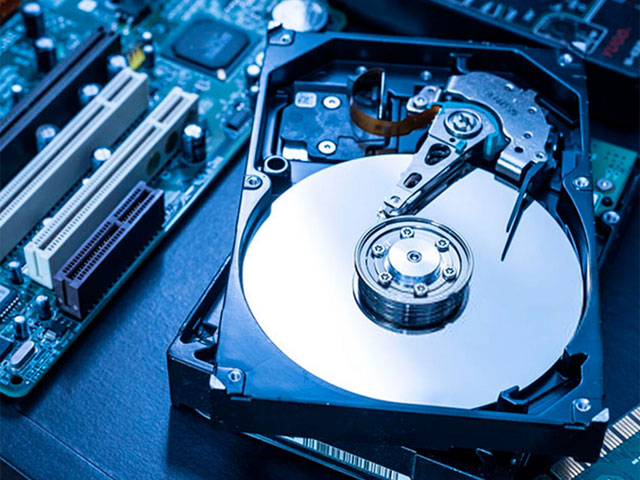
Best in class
Over the course of our decade-plus of data
recovery efforts, our RAID 5 recovery professionals have rescued hundreds of
clients from RAID 5 failure using our recovery technique. With free inbound
delivery and free trials, our data recovery method is completely risk-free. We
don't bill our clients until we've achieved their RAID 5 data recovery
objectives.
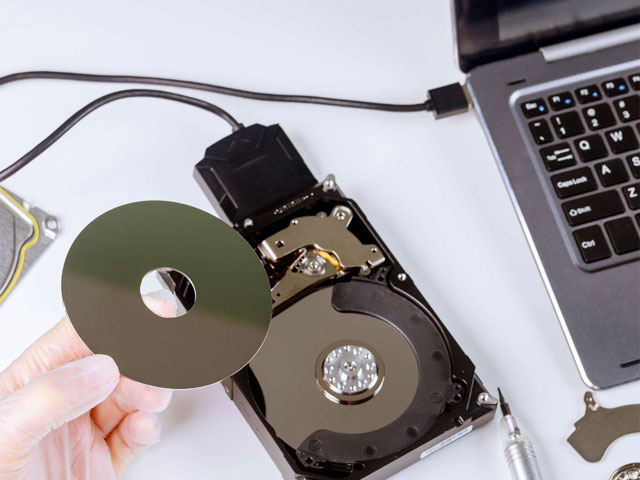
RAID 10 Data Recovery
Replacement of failed discs and recovering the
data to the replaced one is much simple in RAID 10 compared to RAID 5. Complexity is reduced
with complex background work. Data recovery needs much experience to be successful
in RAID 10. Quick Data Recovery has the best team to gain back all your data
from RAID 10 using tech and tools.
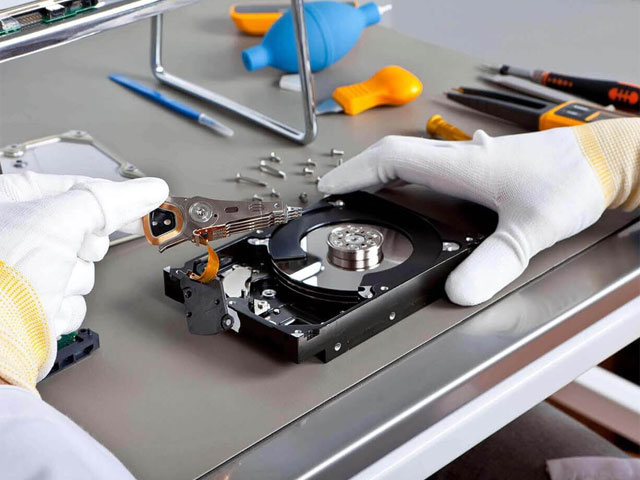
Best in class
RAID 10 is an excellent solution for
I/O-intensive systems like email and websites, databases, and processes that
demand high disc performance since it delivers both resilience and efficiency.
It necessitates at least four discs and weaves data across reflected pairs.

Dropbox
Dropbox performs on top of several cloud
storage services with more than 600 million users. People use it for the
accessibility of data and files anywhere they desire with the application.
Accidental deletions from any of the synced devices could affect the whole
file. All those files are now able to recover effortlessly. Quick data recovery
service has experts to recover Dropbox files with high confidentiality if you
are dealing with a large or small amount of valuable data loss.

Best in class
Dropbox is amongst the most renowned cloud
storage facilities in the world, with millions of users. Individuals use
it for easy file synchronization between devices and dependable backup, while
companies benefit from its secure file-sharing and content interaction
features.
process Data Recovery Procedure
-
01

Free Phone Consultation
-
02

Media Analysis
-
03

Data Recovery & Verification
-
04

Data Delivery
MAKES, & MODELS Course of action for all data loss scenarios
Whenever important data is accidentally deleted from your device, the correct course of action should be undertaken. Contact our professionals so we can give you immediate steps to follow in order to maximize your chances of data recovery. Please keep in mind that when data is deleted, it may not always have fully disappeared. This is why it is a great idea to back up your important files. You can also talk directly to our engineer to receive necessary technical support.
| SATA | eSATA | USB |
| PATA | SAS | SCSI |






